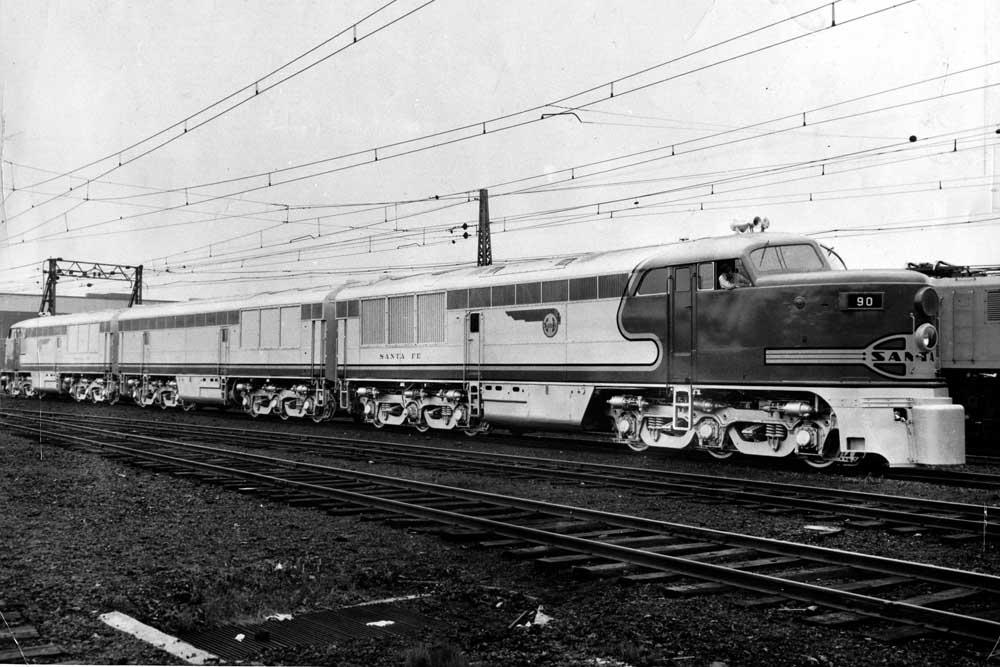
Fairbanks-Morse’ distinctive Erie-Built diesel locomotives were the builder’s entry into the six-axle passenger locomotive market. FM sold 111 total units between December 1945 and February 1949. They were the best-selling FM cab unit models; second place went to the CFA/CFB-16-4 “C-Liners” with 90 units sold. FM’s big Erie-Builts were named for being assembled […]
Read More…
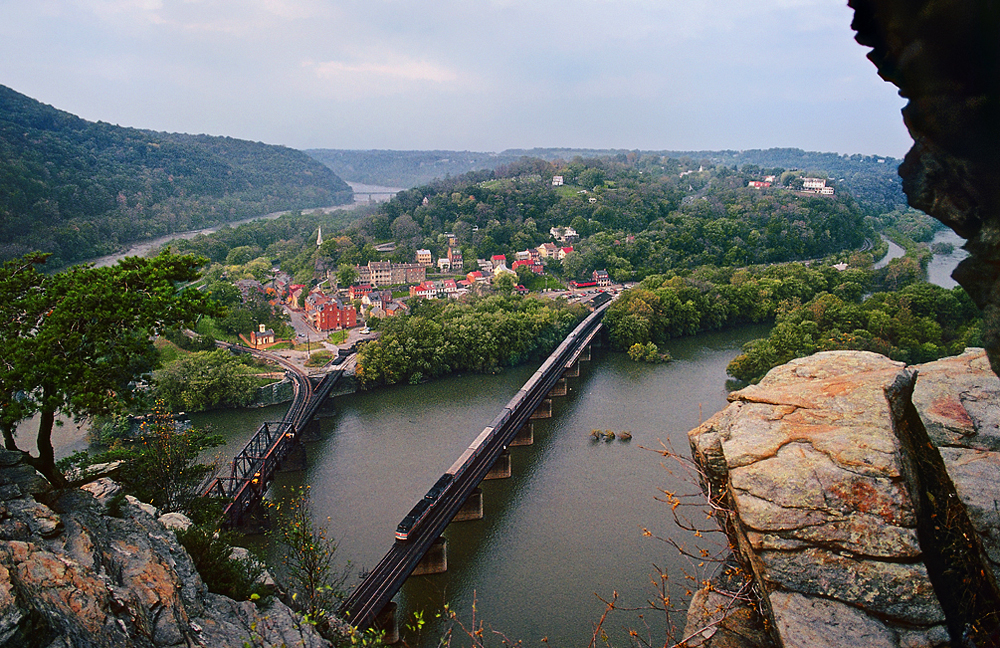
Preview Classic Trains’ December 2023 content Here’s a preview of what’s coming in the next month. Become a Trains.com member so you don’t miss any of this great content! If you have a story suggestion, email editor@classictrainsmag.com The EMC TA Diesel – A Locomotive That Kind of Did It An early passenger diesel, the TA […]
Read More…
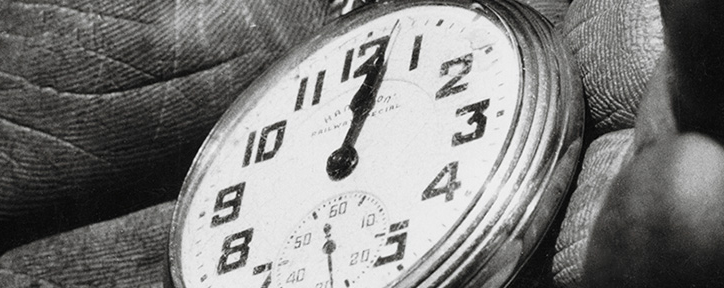
Railroad watches In the era of timetable and train order operation, railroaders had to have a standard railroad watch. In those days Hamilton, Elgin, and Waltham were among several popular brands. Railroad pocket watch standards But there were dozens of watch companies making “railroad approved” watches that had mandatory features by the 1930s: a minimum […]
Read More…
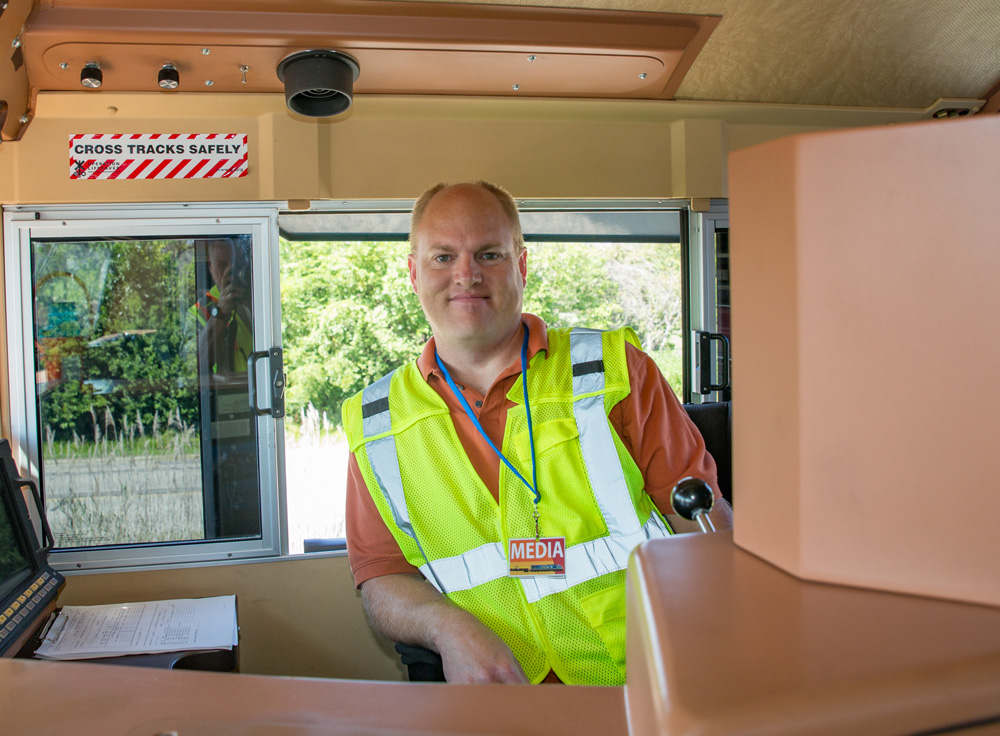
What was your first byline in Trains? Chris Guss: My first story was in the Norfolk Southern’s Heritage Power Special Issue in 2012. I co-authored “Heritage Triumph” with the late Jim Wrinn, covering the repainted fleet of new Norfolk Southern locomotives in heritage colors. Having access to the principals involved at Norfolk Southern in the […]
Read More…
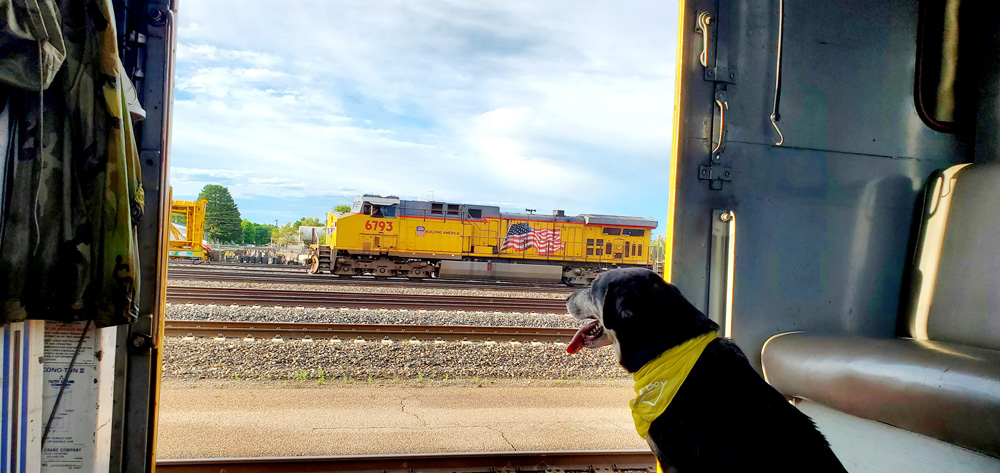
Dogs & Trains Dogs and trains, for some train enthusiasts, seem to go hand in hand (or hand in paw). But why is that? As a dog lover, I personally take my four-legged family member everywhere dogs are allowed to go. So naturally, this led me to question how many railfans actually take their dogs […]
Read More…
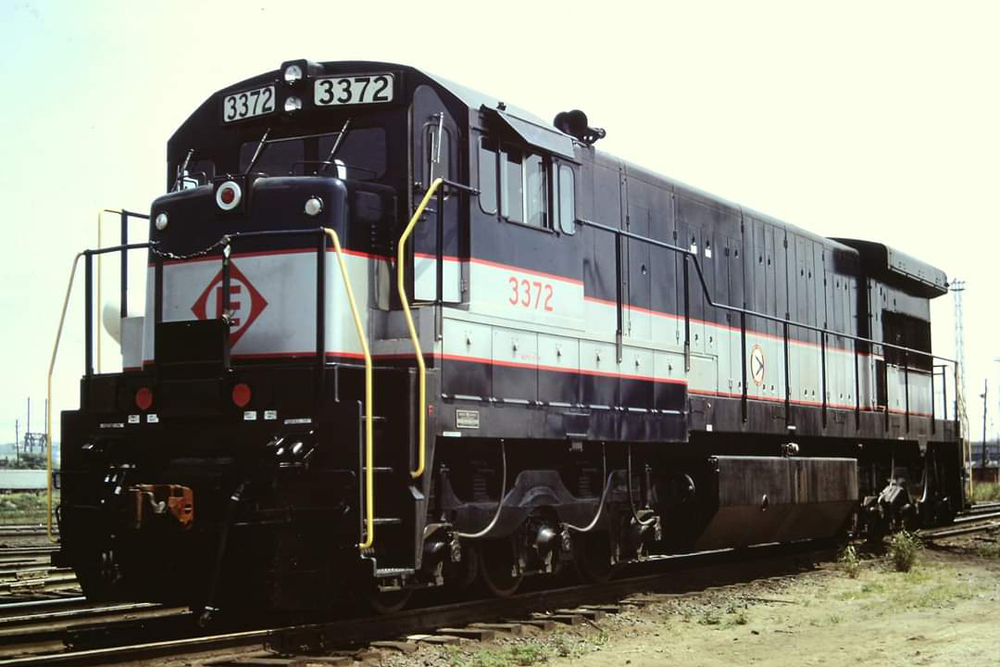
General Electric U34CH diesel locomotives helped modernize commuter rail operations in northern New Jersey in the early 1970s. A passenger version of the U36C, the U34CH was built between 1970 and 1973 for the New Jersey Department of Transportation as a commuter locomotive. The 32 units carried Nos. 3351-3382 and operated over Erie […]
Read More…
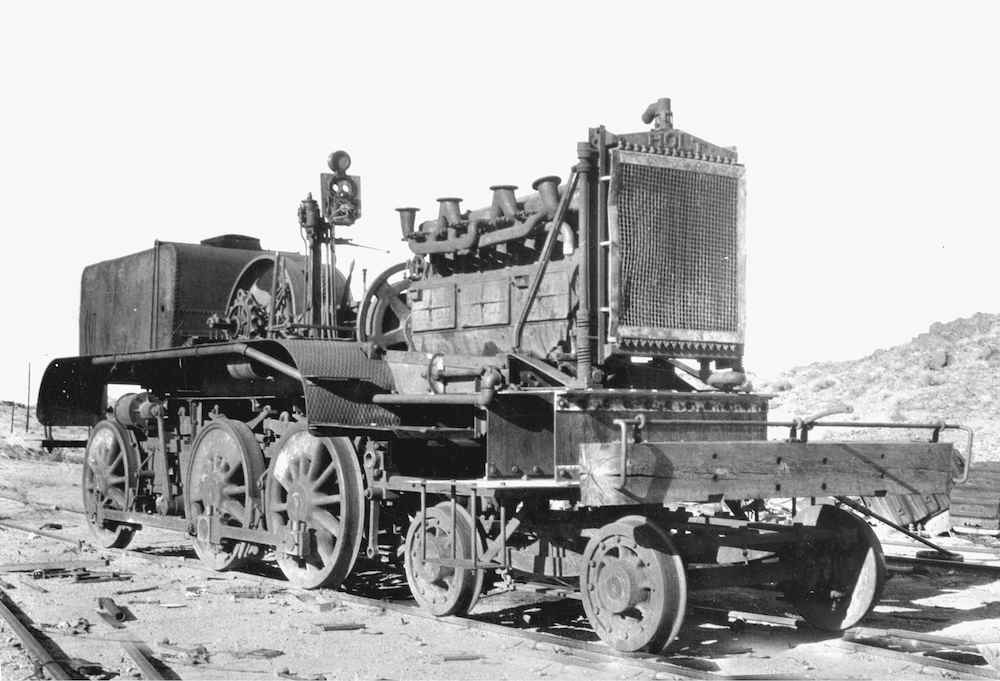
In seeking the oddest of oddball locomotives, today we will follow our compass to California’s Ludlow & Southern, one of many, many railroads past and present with the name of a city or a state and the addition of a compass direction. Think Kansas City Southern, Colorado & Southern, Arizona Central, Missouri Pacific, and Texas […]
Read More…
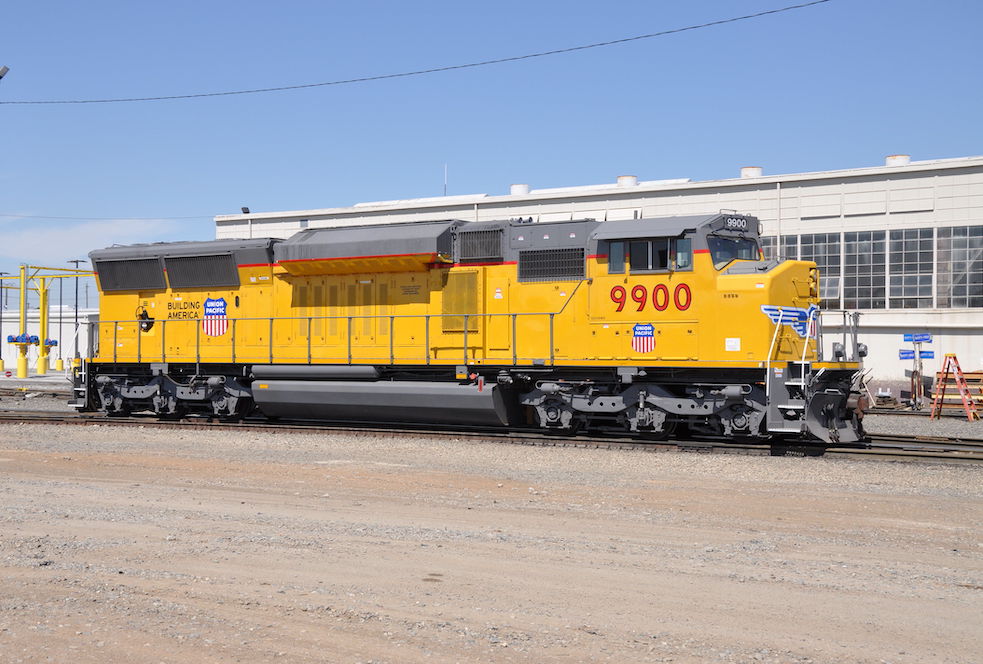
In need of reliable medium-horsepower six-axle road switchers, Union Pacific’s Mike Iden turned to Progress Rail’s EMD subsidiary to rebuild a batch of out-of-service EMD 3,800-hp SD60s into more modern 3,150-hp units with new prime movers for secondary road freights. Twenty-eight — Nos. 9900 to 9927 — were built in the late 2000s. Progress later […]
Read More…
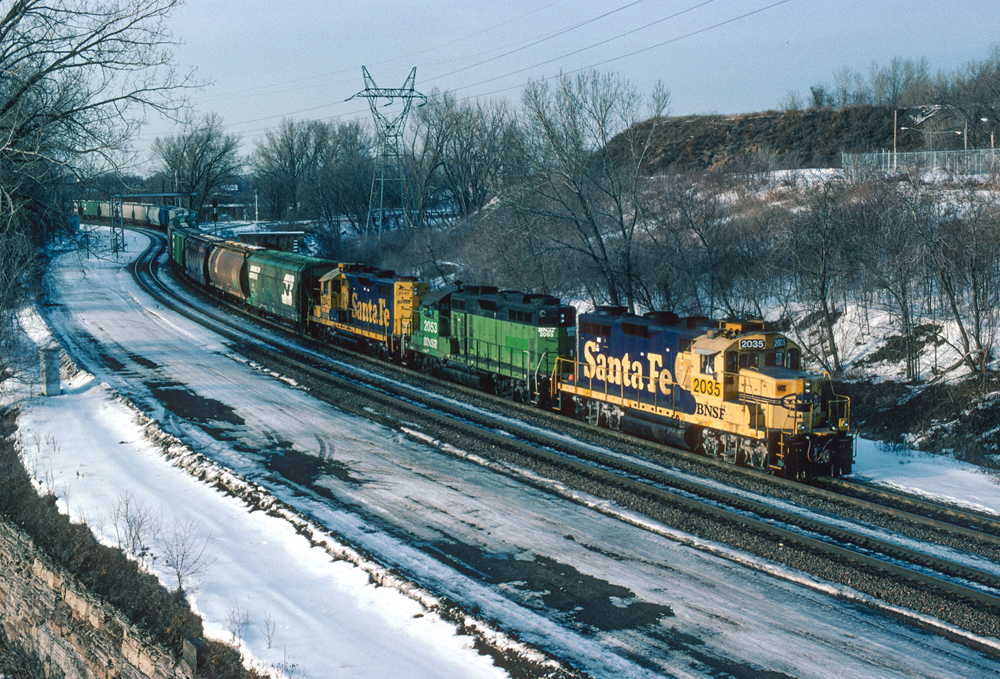
EMD’s GP20 Electro-Motive Division’s GP20 was the company’s first four-axle model to be fitted with a turbocharger, but its roots trace back to one of EMD’s customers, Union Pacific. Union Pacific began experimenting with several turbocharger models in the mid-1950s on a number of its GP9 and GP9Bs, creating the first GP20s in-house. As UP’s […]
Read More…
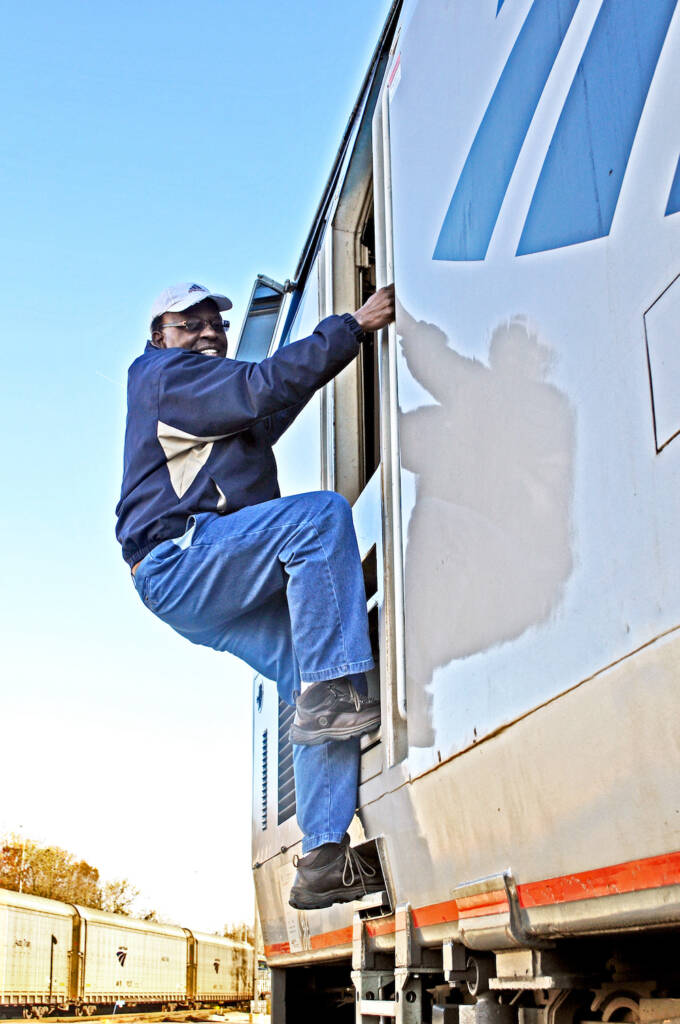
Even if the shoe doesn’t fit, wear it! This is the sort of story that often leads to the most frequently asked question posed to me after speaking publicly, or having written a humorous story: “Did that really happen?” Yes, it did. To quote my favorite locomotive engineer school instructor, “If you tell me that […]
Read More…
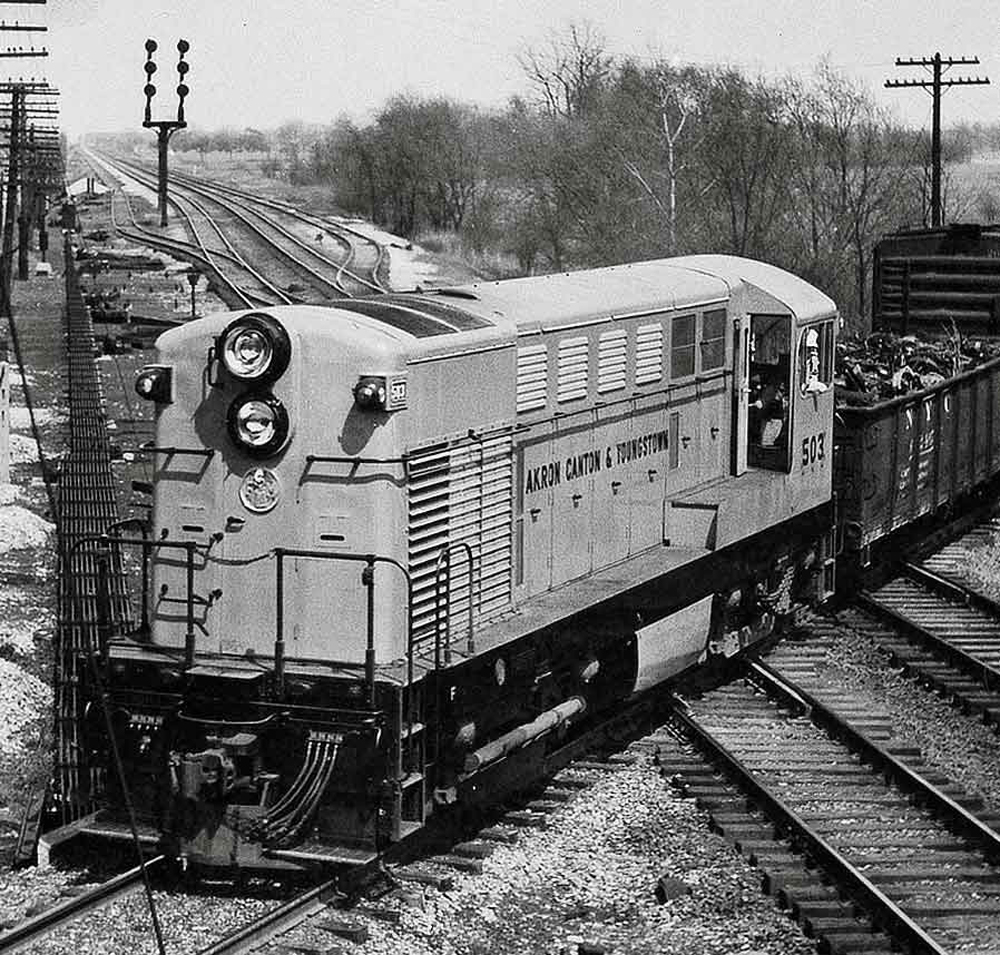
The Fairbanks-Morse H20-44 was another mid-century diesel that didn’t. FM’s first foray into the diesel road-switcher market was unconventional, to say the least. In 1947, instead of following the already traditional convention of a cab surrounded by a long and short hood, the Beloit, Wis., builder introduced the H20-44, and it looked like […]
Read More…
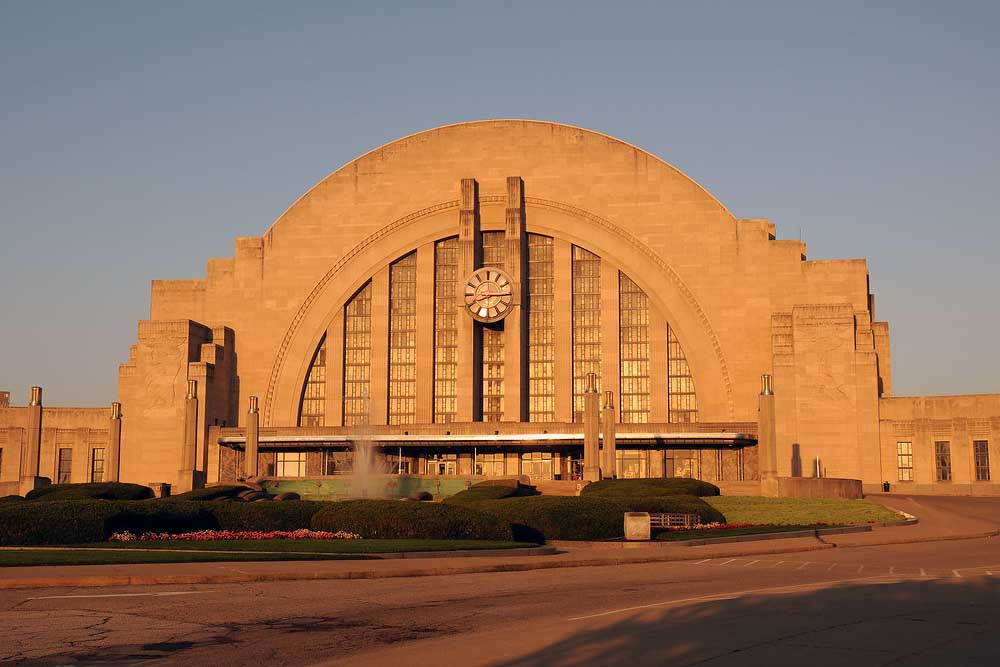
Amtrak Cincinnati services arose from the need to move people between the Mid-Atlantic and Midwest. Amtrak moved from Cincinnati Union Terminal to a new station, its first new-built station on its vast network, located on River Road west of downtown on Oct. 29, 1972. On July 29, 1991, Amtrak returned to the monolithic […]
Read More…












